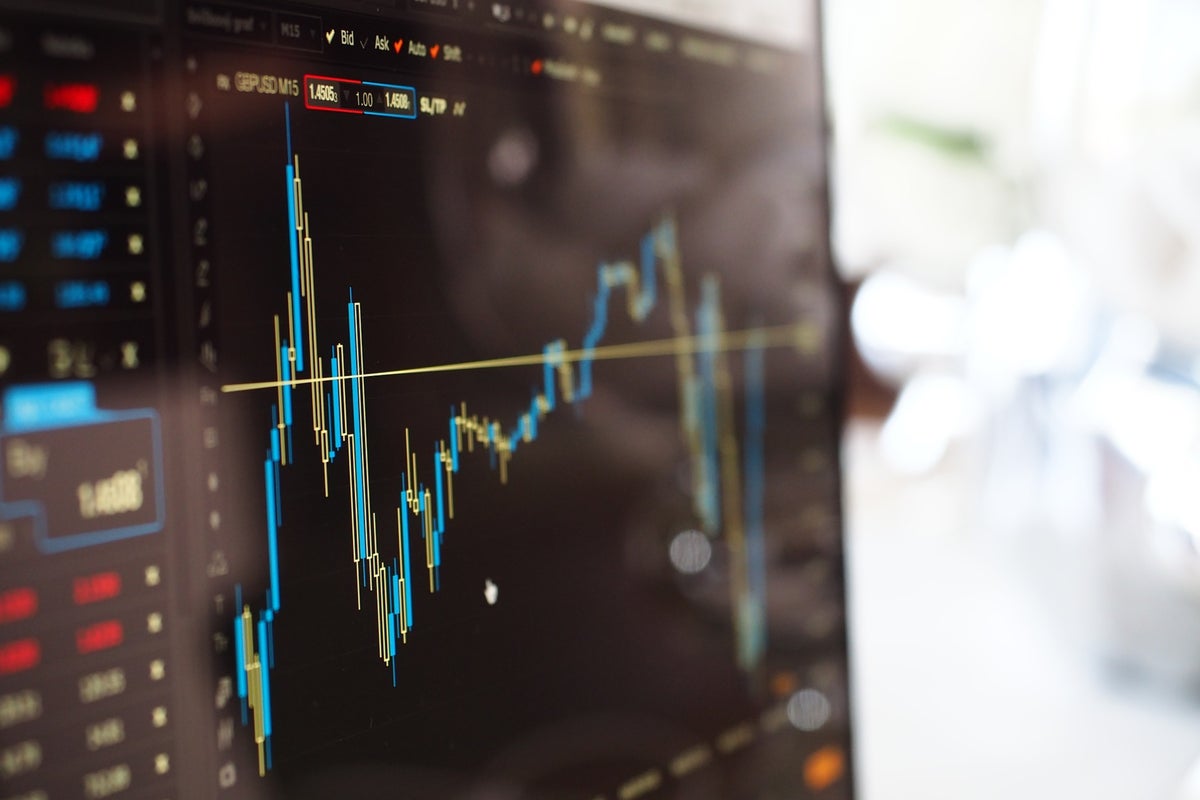Travel
Business Travel Comeback Pushes Global Spending Past $1.5 Trillion

The International Air Transport Association (IATA) significantly upgraded its profitability projections for airlines in 2024. The trade group now expects net profits to reach $30.5 billion, an increase from $27.4 billion in 2023.
This surge in profitability is accompanied by record-high traveler numbers and revenues. A new record number of passengers is expected to fly in the U.S. this summer. For the full year, the total global number of travelers is forecasted to reach approximately 5 billion, with revenues projected to soar to $996 billion, a 9.7% increase from 2023.
The recovery in travel has been nothing short of remarkable. Domestic travel bounced back to pre-pandemic levels by the spring of 2023, while international routes have recently surpassed 2019 numbers. The IATA now expects the number of world passengers to grow by an average of 3.8% per year over the next 20 years, resulting in over 4 billion additional passenger journeys by 2043.
“The human need to fly has never been stronger,” said Willie Walsh, IATA’s Director General.
Business Travel Spending Set to Surpass $1.5 Trillion this Year
While leisure travel has been leading the recovery, business travel is steadily gaining momentum, albeit at a slower rate. A Morning Consult survey found that only 10% of U.S. adults had traveled domestically for work in March 2024.
The trend appears to be headed in the right direction, however, with corporations prioritizing domestic trips over long-haul international travel. The Global Business Travel Association (GBTA) predicts global business travel spending will surpass $1.5 trillion in 2024, up from $1.02 trillion in 2022.
Regarding the hotel market, investors are optimistic, but forecasts are being downgraded. Profitability still lags pre-pandemic levels. Earlier this week, STR and Tourism Economics revised down their 2024-2025 U.S. hotel forecast, reflecting lower-than-expected performance in early 2024 and reduced growth projections for the rest of the year.
Domestic Travel Spending in China
On the other hand, I’m encouraged to see the return of Chinese outbound travel. The World Travel & Tourism Council (WTTC) predicts that China’s travel and tourism sector will contribute a record-breaking 12.62 trillion yuan ($1.7 trillion) to the country’s economy by the end of this year.
Domestic travel spending in China is also expected to reach new heights, providing a significant boost to the luxury market. As I’ve shared with you before, Chinese shoppers were major luxury-goods spenders before the pandemic. These shoppers are gradually returning, with domestic luxury spending up by 50%, according to Bloomberg Intelligence. The resurgence is encouraging for long-term luxury investments, both in mainland China and Europe.
Services See a Marked Improvement
The airline industry’s recovery is part of a broader positive trend in the services sector. The S&P Global US Services PMI, which includes the airline industry, rose to a one-year high of 54.8 in May, accelerating past its three-month moving average. This points to a marked expansion in services activity, reflecting strong consumer demand and business confidence.

The airline industry presents a unique blend of recovery and growth opportunities. I believe the group is well-positioned for sustained growth, with strong profitability projections, an ongoing recovery in both leisure and business travel and positive market dynamics. The rebound in Chinese travel and its impact on the luxury market further supports the sector.
Here are the safest airlines in the world for 2024… watch the video!
Past performance does not guarantee future results. All opinions expressed and data provided are subject to change without notice. Some of these opinions may not be appropriate to every investor. By clicking the link(s) above, you will be directed to a third-party website(s). U.S. Global Investors does not endorse all information supplied by this/these website(s) and is not responsible for its/their content.
The Purchasing Managers’ Index (PMI) is a survey-based indicator of business conditions, which includes individual measures (‘sub-indices’) of business output, new orders, employment, costs, selling prices, exports, purchasing activity, supplier performance, backlogs of orders and inventories of both inputs and finished goods, where applicable.









